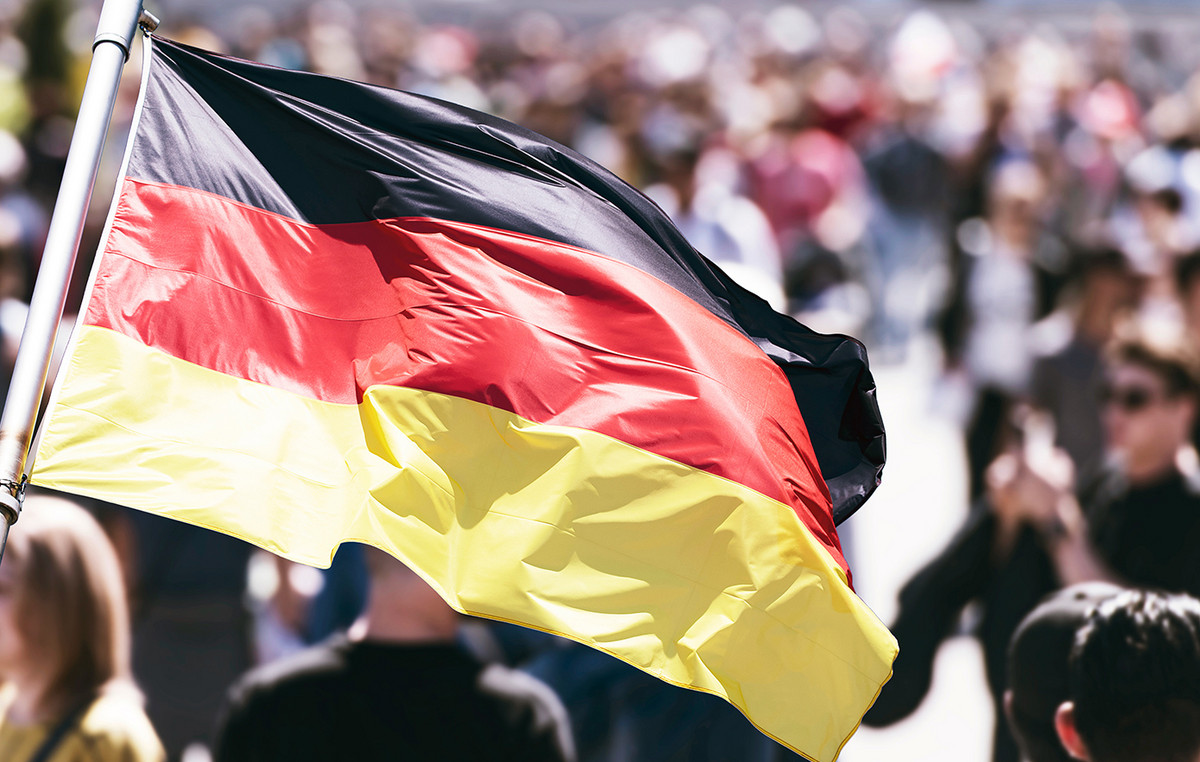The State Health Department of Rio de Janeiro will open two testing centers for monkeypox. With more than 360 cases, the ministry intends to implement a hub in the central region of the capital and another in the Baixada Fluminense.
According to the Secretary of Health, Alexandre Chieppe, the unit in the city of Rio should be inaugurated this week. “It will be a smaller structure than we had for Covid-19, but it is necessary and needs to be accessible for the population,” Chieppe told the newspaper. CNN .
According to the monkeypox monitoring panel in the state of Rio de Janeiro, 84% of cases are concentrated in the Metropolitan Region, which is made up of the capital and municipalities of the Baixada Fluminense. At the moment, there are 422 cases under investigation in the state of Rio de Janeiro.
Rio de Janeiro is the second state with the most cases of monkeypox in Brazil, behind only São Paulo, which has registered a little more than 2 thousand cases.
According to data from the Ministry of Health, 95% of cases of the disease are in men, between 18 and 49 years of age. The prevalence of the disease, which affects 22 states, is concentrated in the Southeast region.
To date, Brazil has recorded 2,985 confirmed cases of monkeypox in the states of São Paulo (2,019), Rio de Janeiro (355), Minas Gerais (133), Federal District (116), Paraná (62), Goiás (116). ), Bahia (26), Ceará (14), Rio Grande do Norte (10), Espírito Santo (8), Pernambuco (15), Tocantins (1), Maranhão (2), Acre (1), Amazonas (9) , Pará (2), Paraíba (1), Piauí (1), Rio Grande do Sul (44), Mato Grosso (4), Mato Grosso do Sul (10), and Santa Catarina (36).

How Monkeypox is Diagnosed
The diagnosis of monkeypox is performed in a laboratory way, by molecular testing or genetic sequencing.
Molecular diagnostics (technically called RT-PCR) is considered the gold standard technique for virus detection. The method allows the identification of the genetic material of a microorganism and has been widely used in the diagnosis of SARS-CoV-2, for example, in the Covid-19 pandemic.
Genetic sequencing is a more complex technique, associated with the identification of viral DNA bases. With genetic mapping, it is possible to compare the virus genome with others available in databases, for example.
After the test is carried out, the material is sent by the states to the laboratory reference network.
There are currently eight units, four of which are Central Public Health Laboratories (Lacens), in the states of São Paulo, Minas Gerais, Rio Grande do Sul and the Federal District. In addition to four national reference units, the Oswaldo Cruz Foundation (Fiocruz) located in the states of Rio de Janeiro and Amazonas, the Federal University of Rio de Janeiro (UFRJ) and the Evandro Chagas Institute, in the state of Pará.
(With information from Lucas Rocha, from CNN)
Source: CNN Brasil







